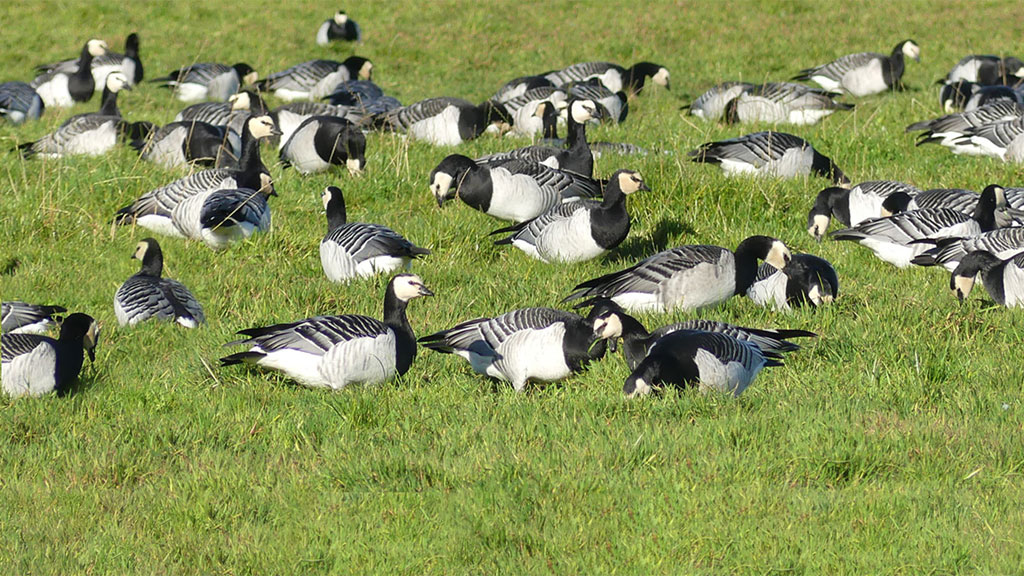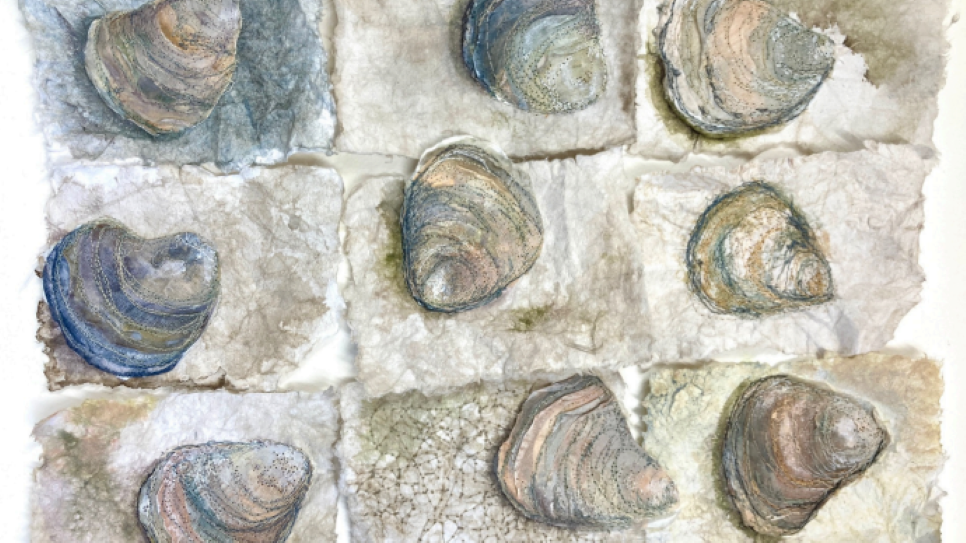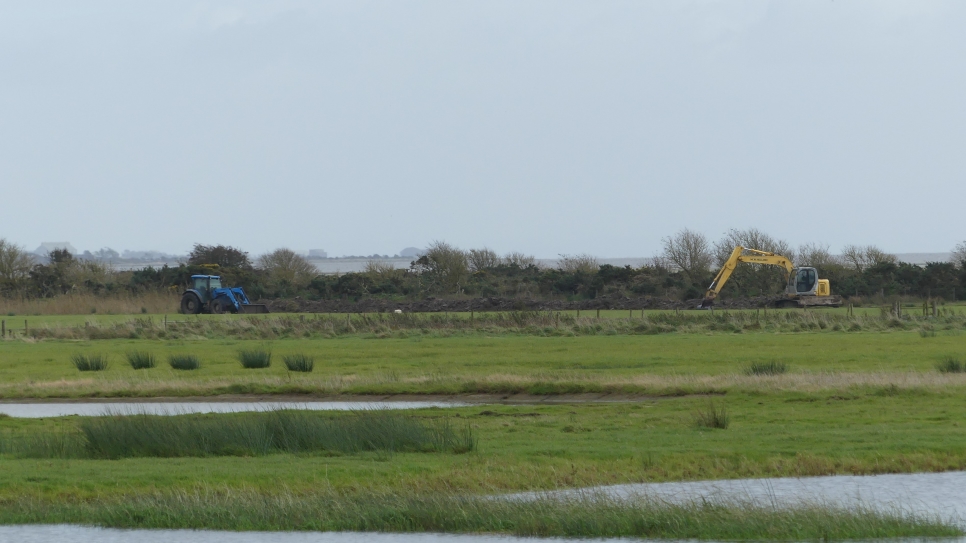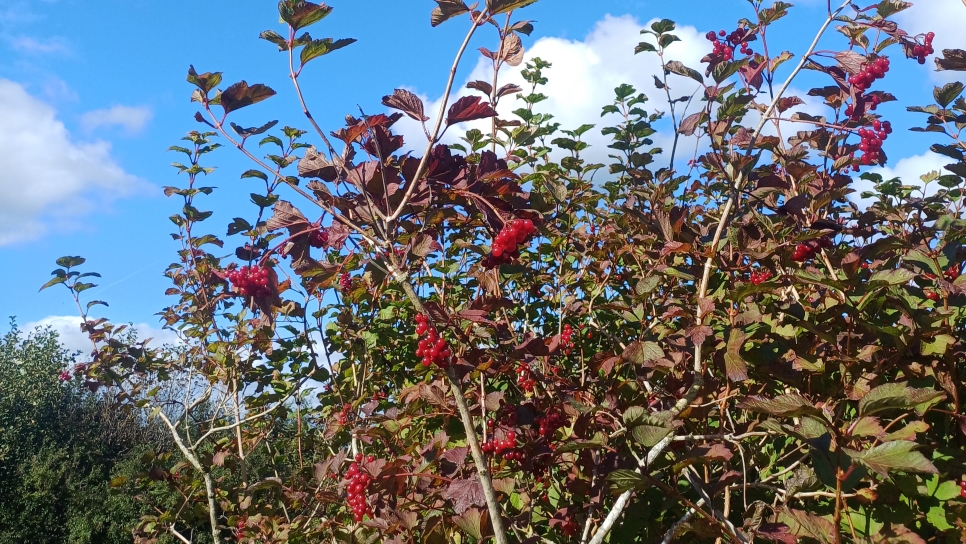Where to watch wildlife at WWT Caerlaverock
Winter is a fantastic time to watch a wide range of birds on the wetlands at WWT Caerlaverock. Find out the best places to visit around the reserve this winter!
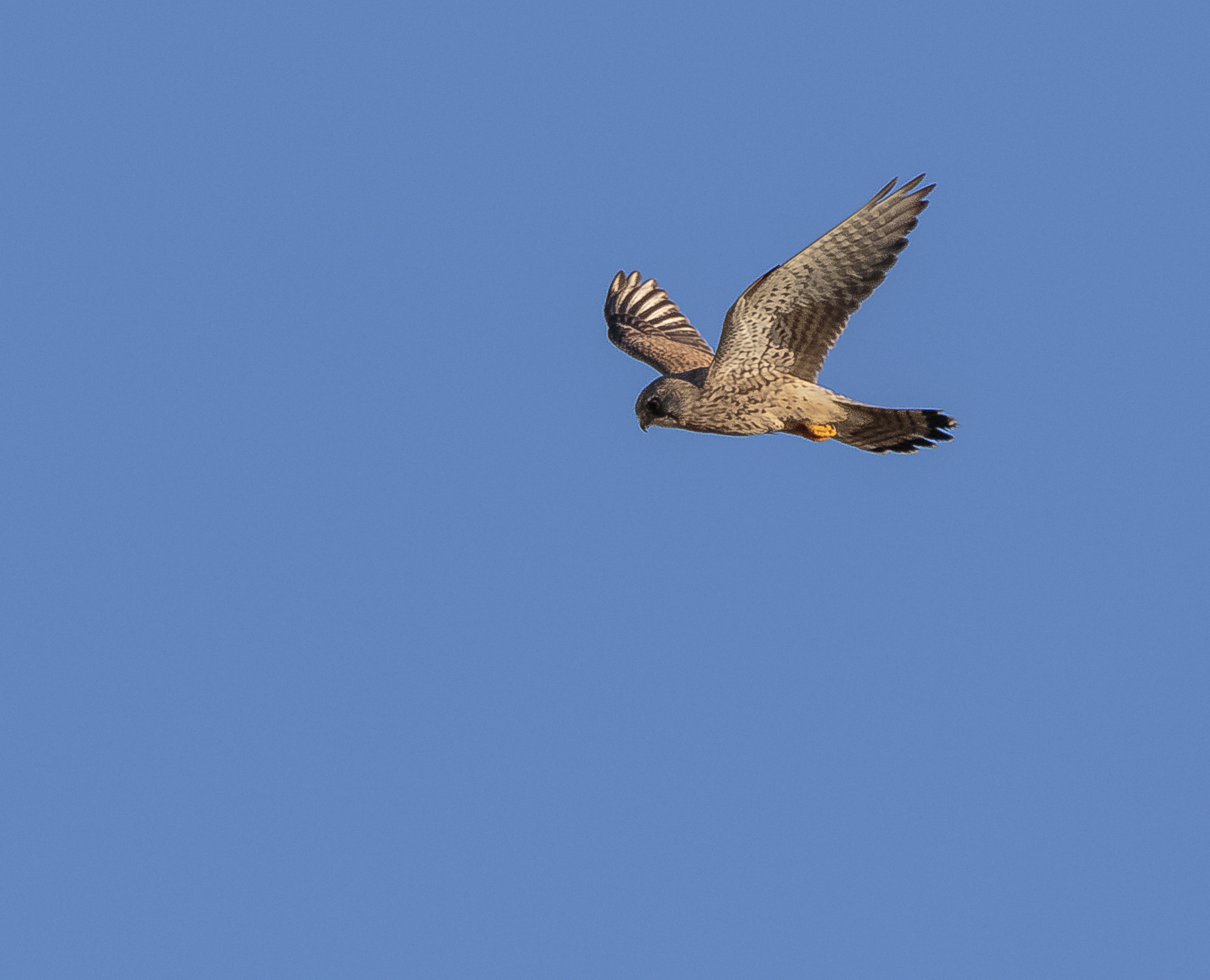
Winter is a fantastic time to watch a wide range of birds on the wetlands at WWT Caerlaverock. Find out the best places to visit around the reserve this winter!
Whooper swans
A visit to Caerlaverock must include a trip to the Sir Peter Scott Observatory to see the whooper swans. They greet you with their whooping calls in the car park when you arrive and all the birds on the whooper pond get excited when someone walks in the hide. Watch their antics as they bob their heads, whoop and peck at each other in their territorial displays - and marvel at their beauty as they glide effortlessly around the pond!
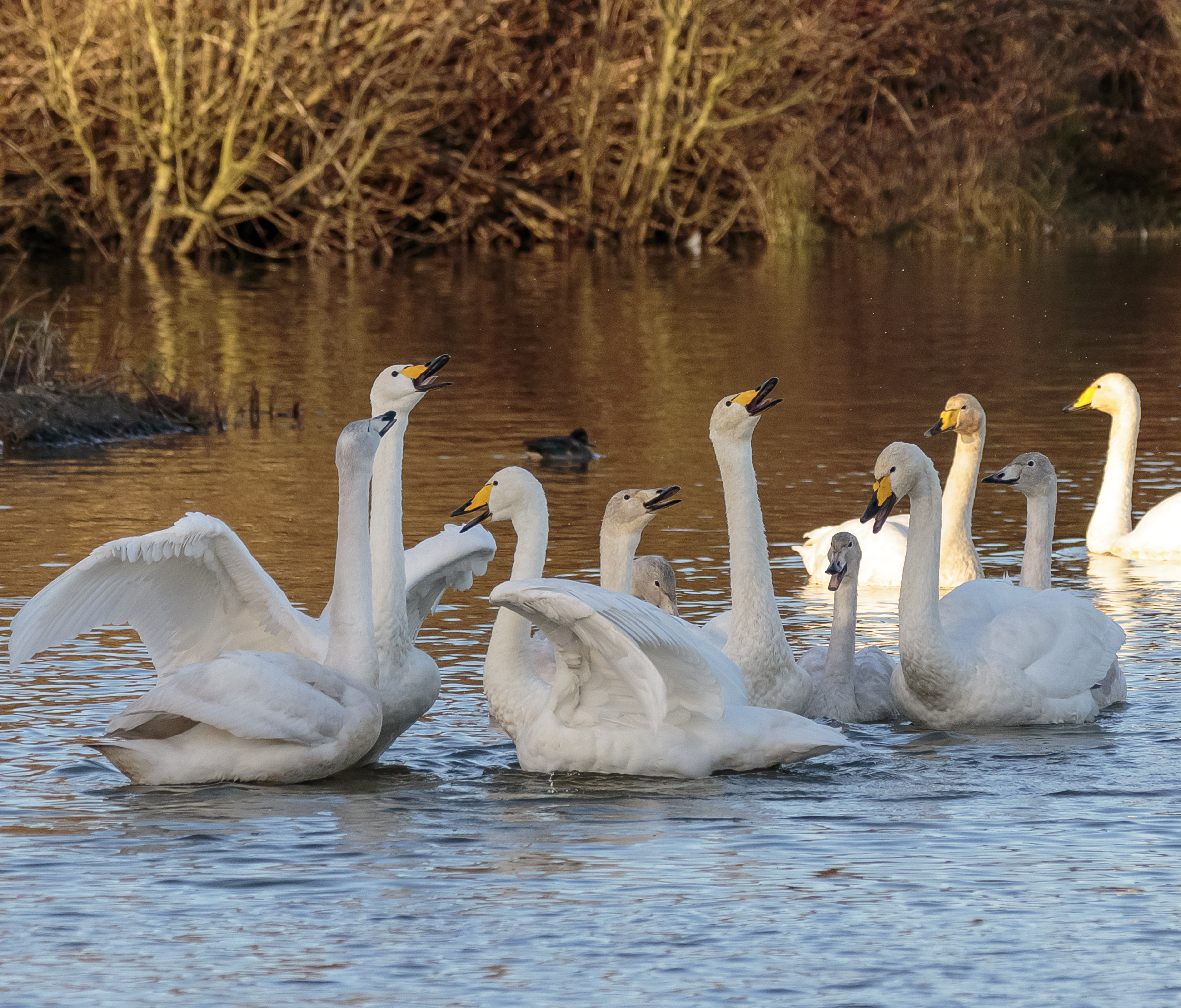
Photo credit: Alex Hillier
Barnacle geese
Chances are you’ll see the barnacle geese on the way down to the centre, in the fields or flying in large flocks. At the reserve they are often in the Corner field, or feeding by the Folly pond. The Newfield Hide is a fantastic place to get close views of them.When they take off in their thousands, they can be seen anywhere around the reserve but often the Sir Peter Scott Observatory is a good spot. Listen out for the ‘yapping’ sounds of thousands of birds as they take to the air!
Ducks
The Folly Pond is fantastic for shovelers, teal and wigeon. Pop in the Scottish Water Hide to see them under the window and listen to their varying quacks, bleats and whistles. Watch the stunning courting displays of teal and the fascinating feeding methods of shovelers as they spin round in circles creating a vortex in the water to bring up invertebrates.
For a close view of wigeon, the Sir Peter Scott Observatory is perfect. Watch them out in front of the hide during the swan feed and marvel at their beautiful colours!
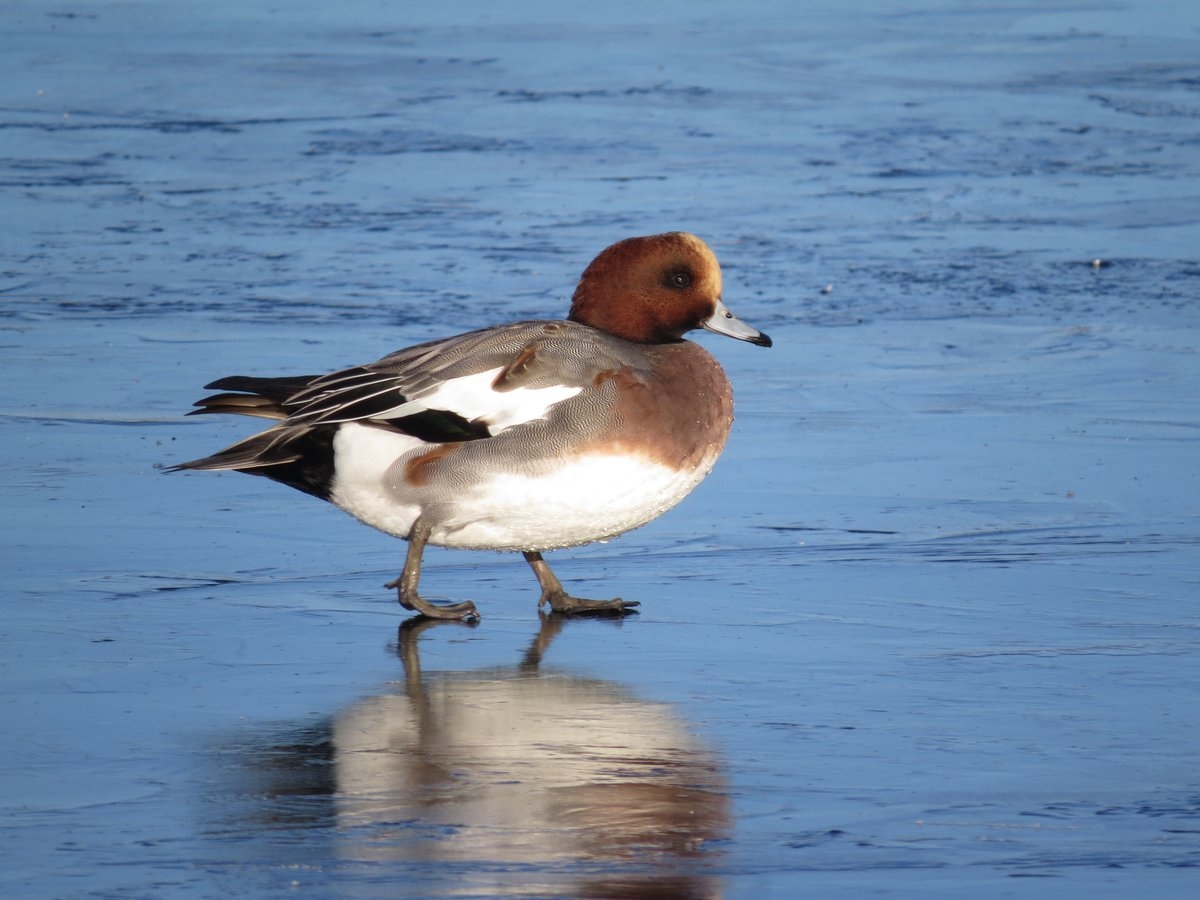
Photo credit: Dan Gornall
Waders
The shallow Folly Pond attracts black tailed godwits, redshank and lapwings at this time of year and the Folly Pond Hide is a perfect place to watch them, in the winter afternoon light.
At high tide the Saltcot Merse Observatory is the place to go to see thousands of waders swirling over the merse. Watch knot, dunlin, golden plover, lapwings and oystercatchers.
Raptors
Hen harriers are a regular sight over the merse in winter as they harry the wildfowl in the hope of a meal. Peregrine falcons are regularly seen sat out on driftwood, and are sometimes seen hunting small birds. The Avenue Tower is a great place to see them but also the Saltcot Merse Observatory. Here merlins are often seen chasing small birds.There are also regular sightings of sparrowhawks around the centre and down the avenues.
Woodland and Farmland birds
The bird feeders on the Sir Peter Scott Trail and also the ones at the front of the centre, attract a wide range of species, such as tree sparrows, great spotted woodpeckers, greenfinches, goldfinches, robins, coal tits and moorhens! Down the avenue there lives a leucistic blackbird which is mainly black with white patches. Look out for Scandinavian blackbirds too – these visitors have black beaks and lack the yellow eye-ring of our native blackbirds.
The yellowhammer and reed buntings like the hedgerow between the main path to the Sir Peter Scott Observatory and the Paddock. They can be seen in the trees or feeding on the path where grain is scattered.
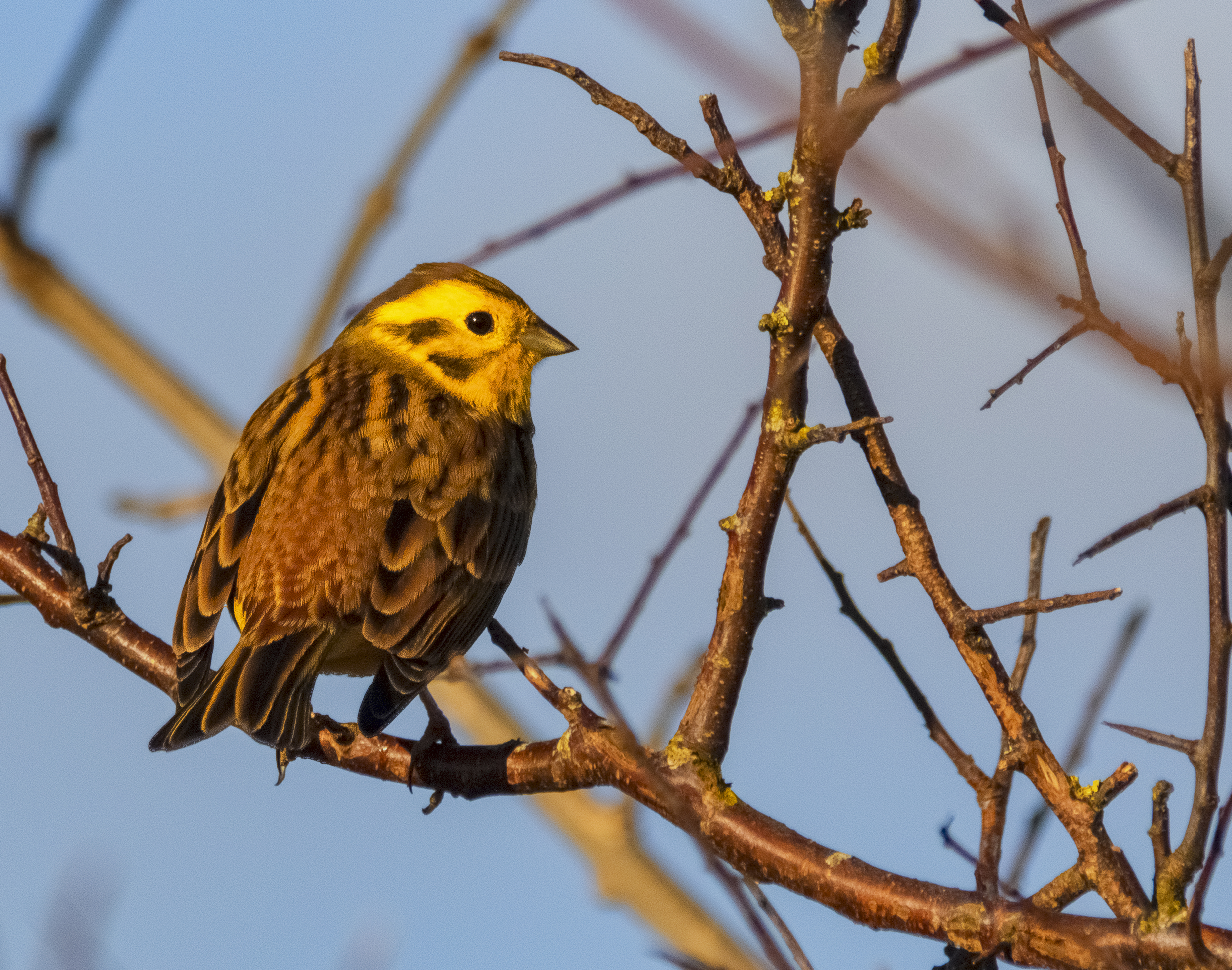
Photo credit: Alex Hillier
